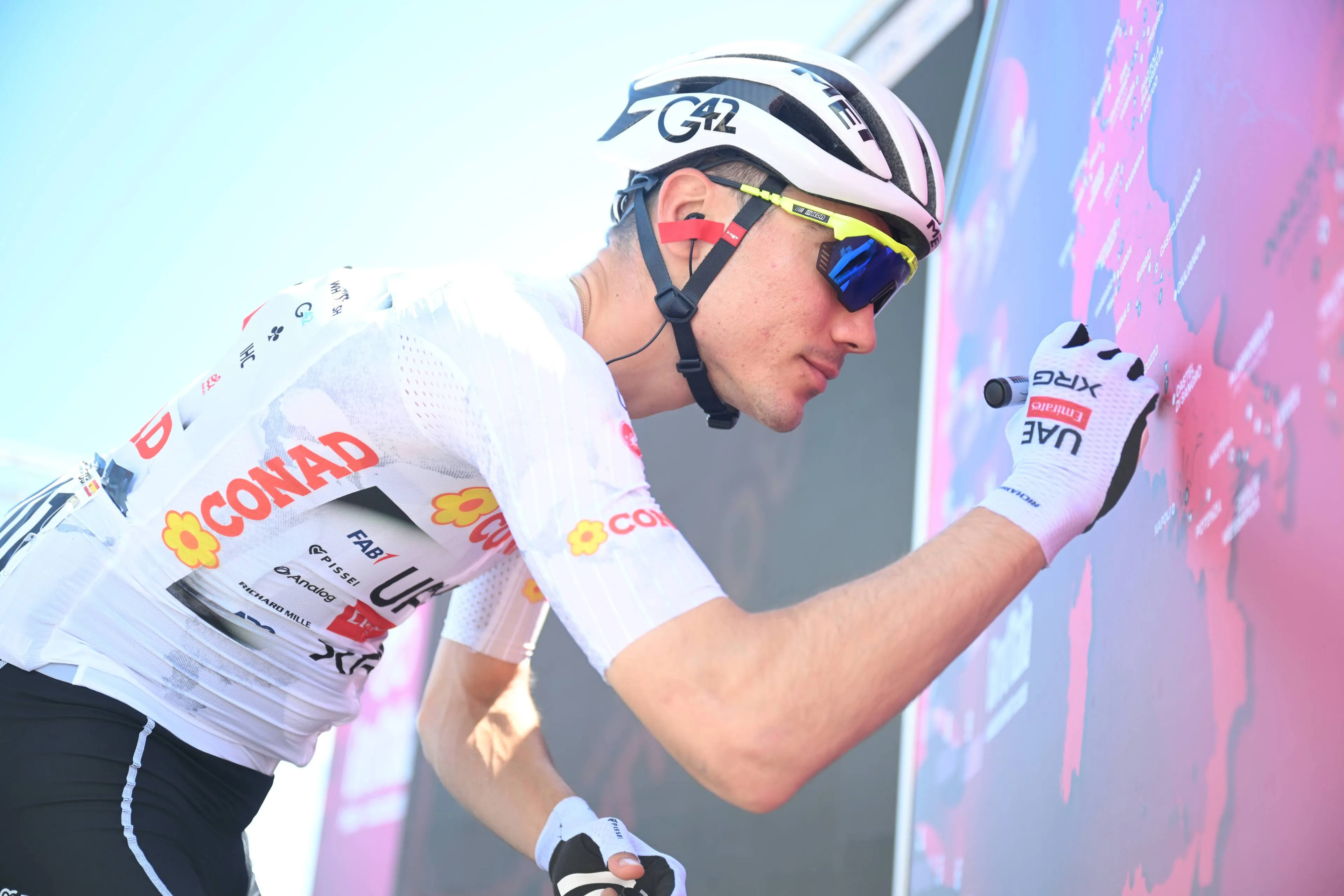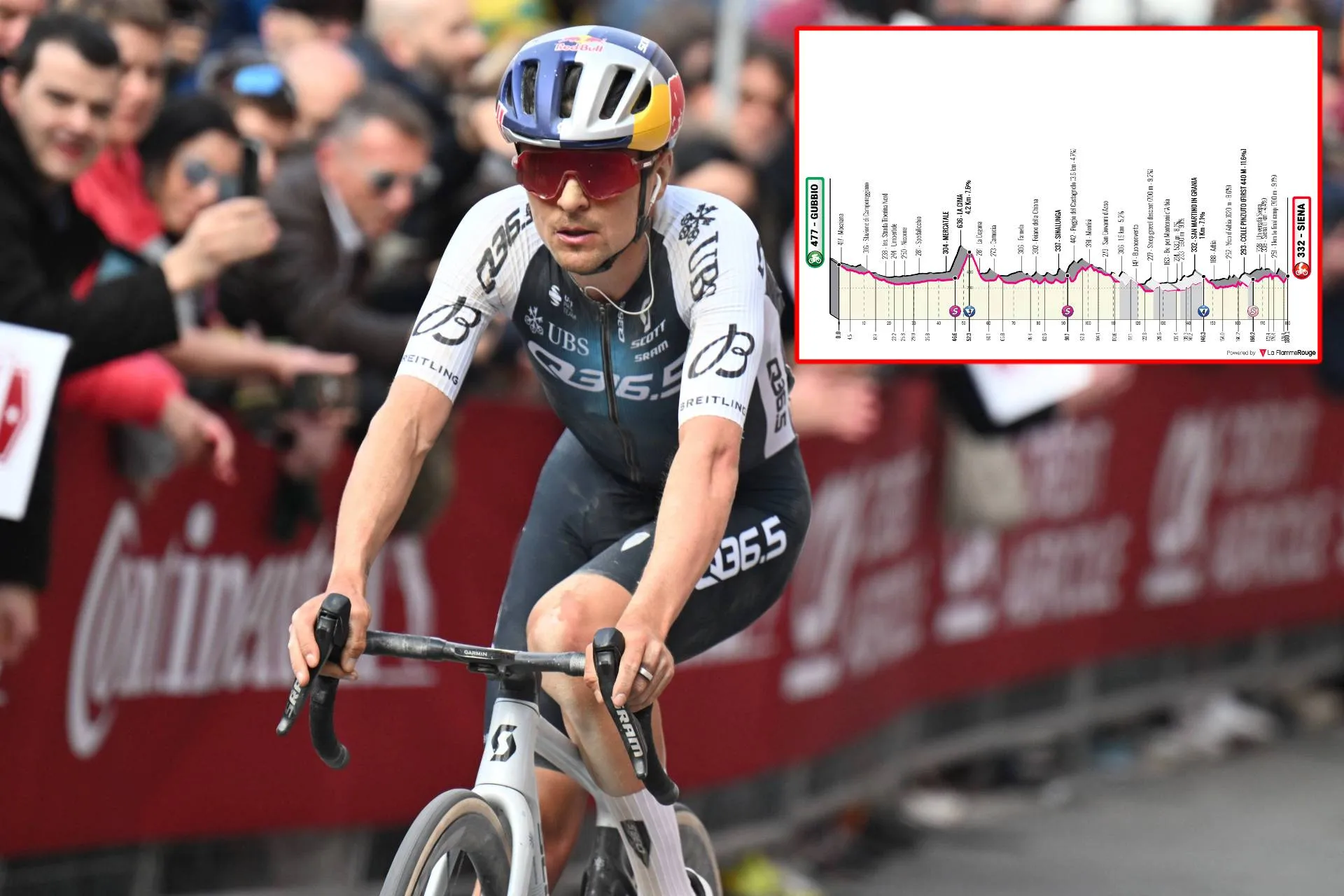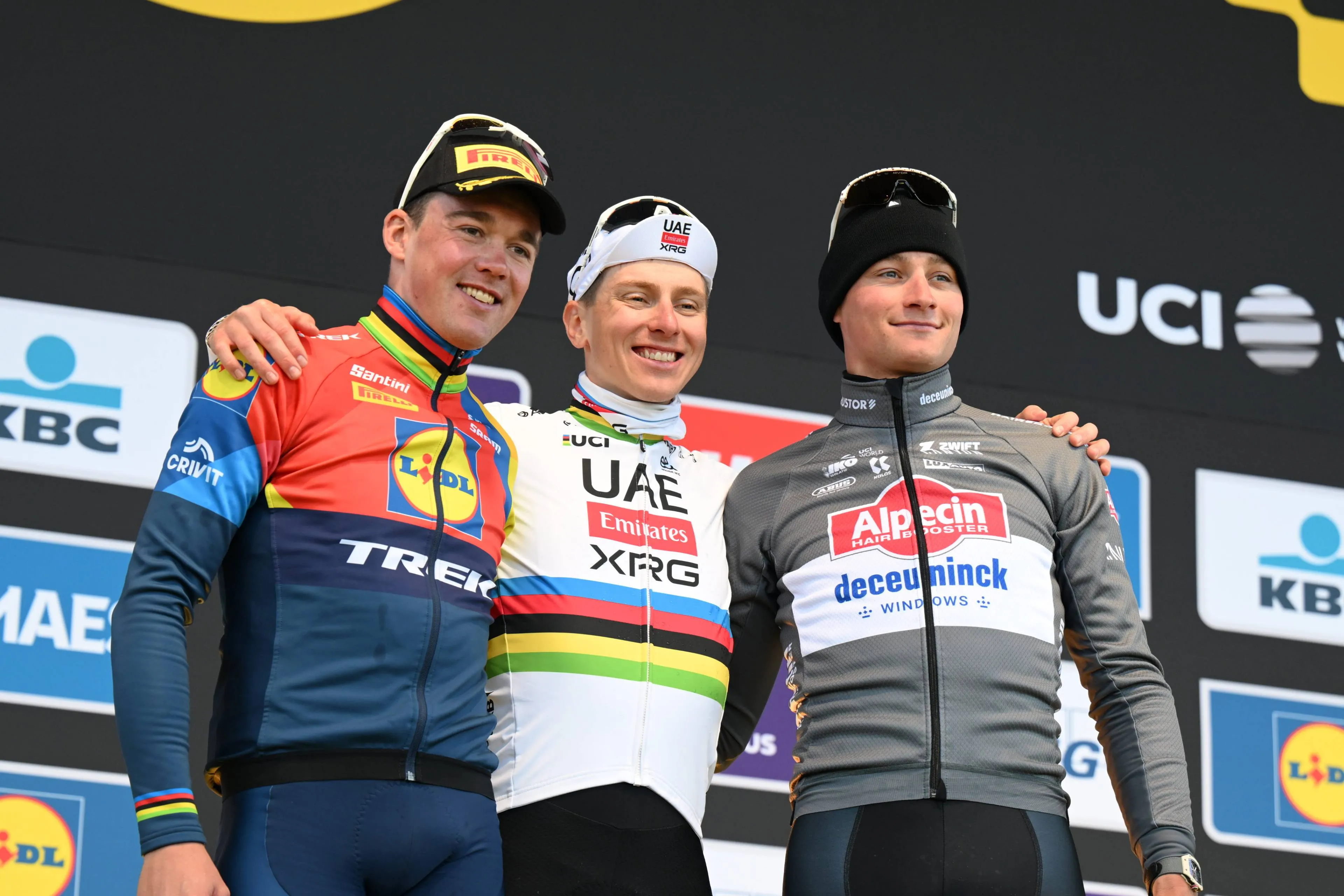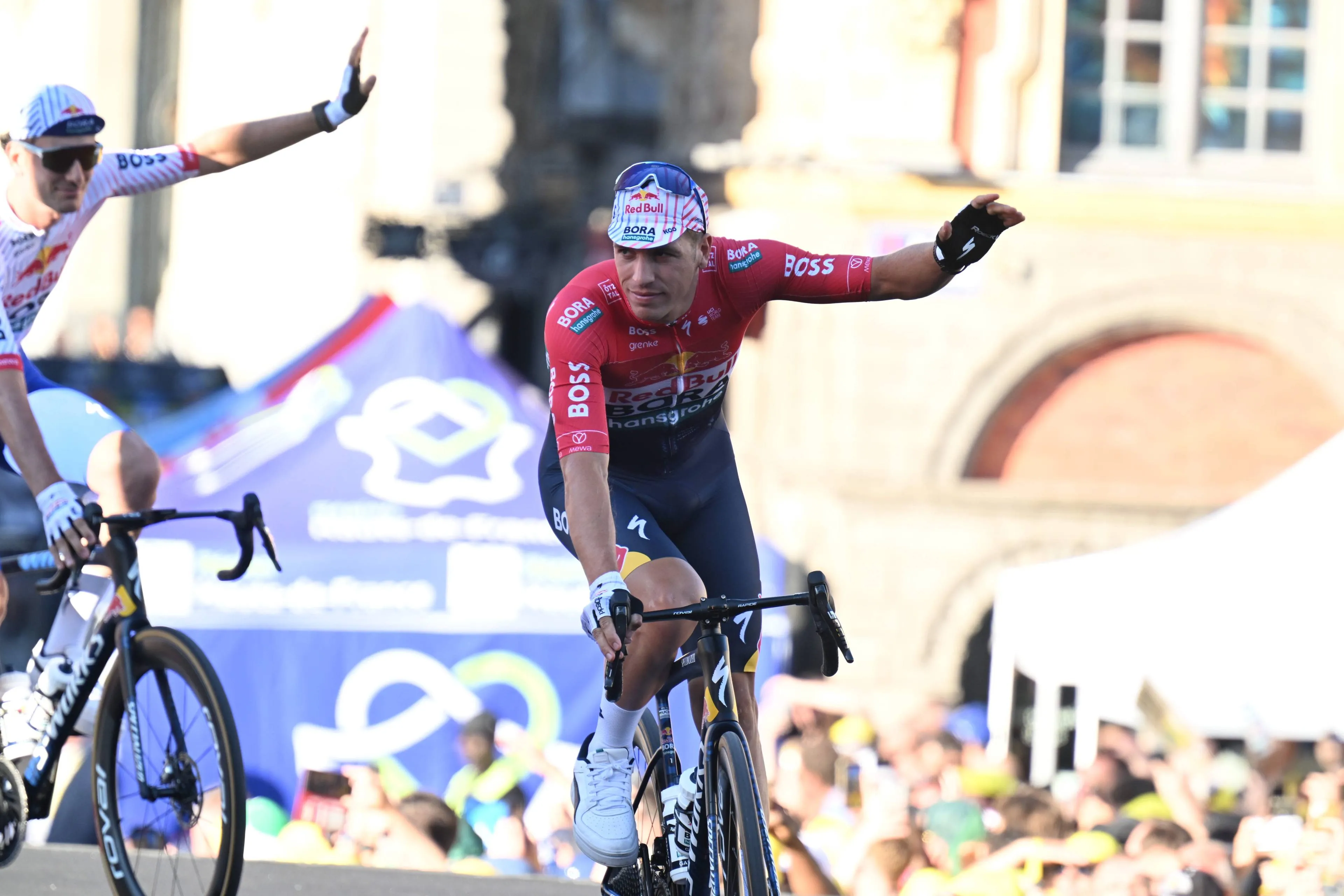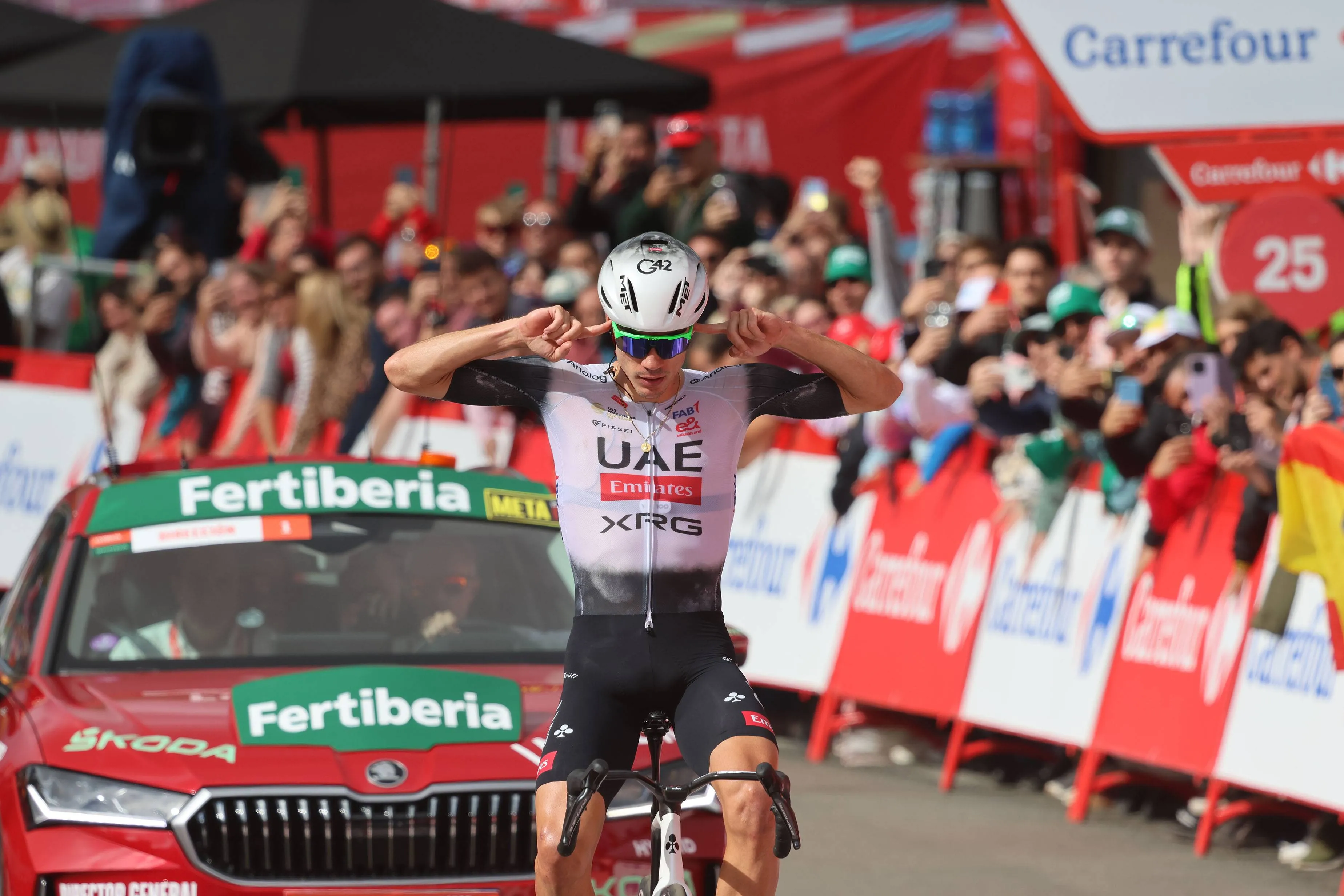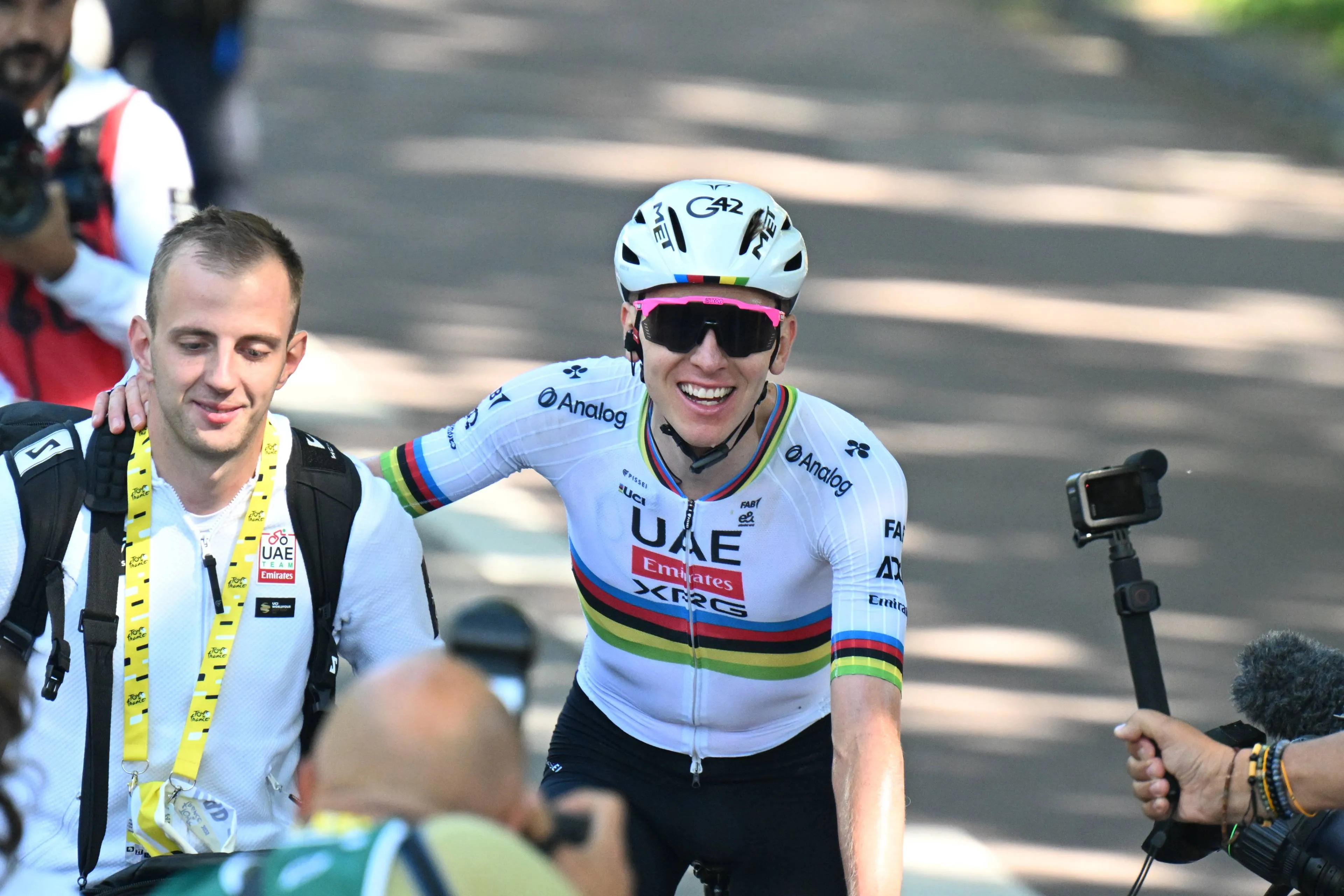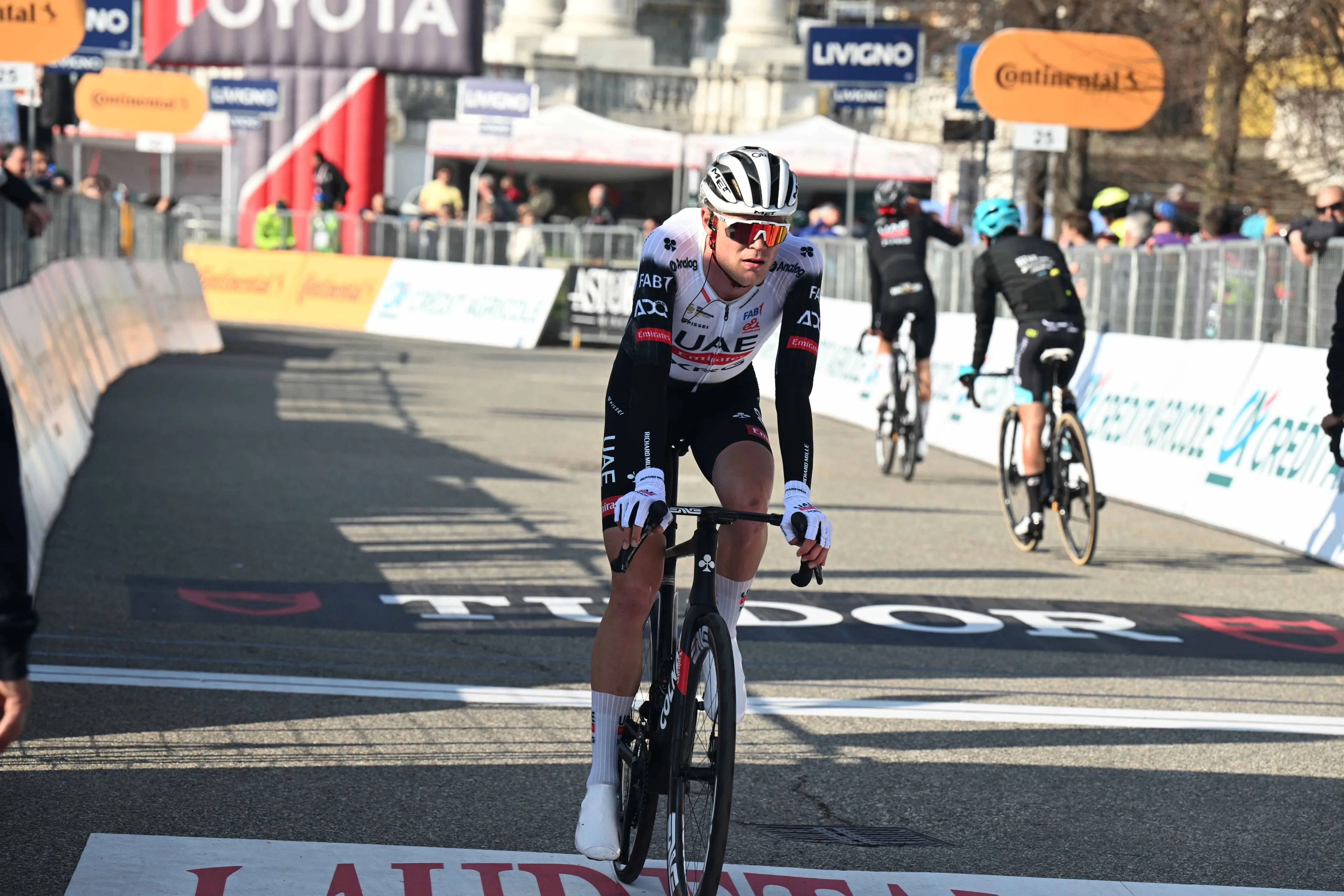“This year could be different if Q36.5 wants to go full gas” – Is Tom Pidcock the favourite on Giro d’Italia gravel stage?
CyclingSunday, 18 May 2025 at 07:00
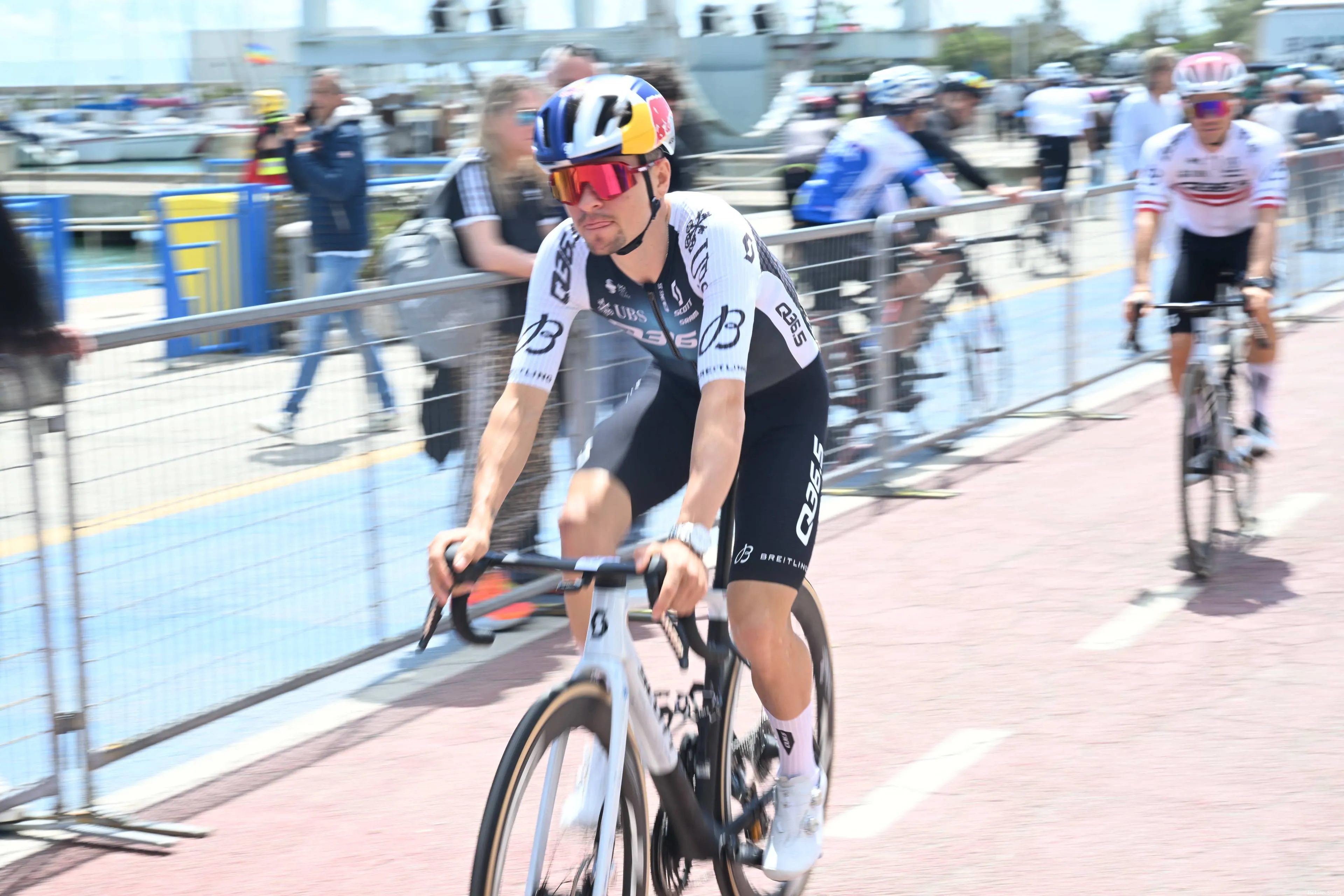
Sunday is Stage 9 of the Giro d’Italia. And what does that
mean? Gravel. And what does that mean? Potential carnage.
The peloton heads into the white roads of Tuscany for one of
the most anticipated, and feared, stages of this year’s race. Five gravel
sectors, many borrowed directly from Strade Bianche, are on the menu, with a
finish in the iconic Piazza del Campo in the heart of Siena. It’s a day that
could shape the general classification or spark a breakaway upset, but either
way, drama is all but guaranteed.
Read also
In recent years, gravel stages in Grand Tours have delivered
mixed outcomes. In 2021, Egan Bernal obliterated the field on the white roads
and never looked back, sealing a dominant Giro title. At last year’s Tour de
France, Jonas Vingegaard suffered a scare when he punctured and had to switch
bikes, an incident that almost derailed his yellow jersey bid.
The challenge of gravel is as much mental as it is physical,
and riders know that anything can happen. Crashes, mechanicals, and dust storms
are part of the territory. For those who have ridden Strade Bianche or similar
terrain, that knowledge might be the difference between gaining time and losing
everytGra

Gravel threatened chaos at last year's Tour de France
Tom Pidcock is one rider many will be watching. The British
star has pedigree on this terrain, having won Strade Bianche in 2023 and
finished second this year. His mix of explosiveness, technical handling, and
off-road experience could make him a major threat.
“He’s here as a potentially dangerous GC contender,” said
Pello Bilbao to Cycling Weekly. “But he will also want to have a chance
to go for a stage victory and to make some gaps between the contenders. This
year could be different if Q36.5 wants to go full gas on Sunday for the stage
victory. I expect a really big battle and some differences in GC.”
Pidcock is a world champion on a mountain bike and a
cyclocross bike, so could thrive in these conditions. But can he make it
through without disaster? Bilbao, a savvy and consistent rider in his own
right, was quick to stress just how demanding the gravel stage will be, not
just physically, but technically.
Read also
“It brings you to your limits, physically and mentally. Of
course, knowing this before Sunday’s stage is an advantage. You need to have a
good feeling for the gravel and to understand the grip, the braking [on the
bike] and how the group moves in the sectors. It’s not completely like Strade,
some of the most difficult sectors from that race are out, but anyway,
mechanical problems, crashes, this will all happen for sure.”
But not everyone expects fireworks. Lidl-Trek’s Toms Skujiņš
believes comparisons to Strade Bianche may be overblown.
“I think it will not be raced anywhere near as aggressively
as Strade is,” Skujiņš told Cycling Weekly. “The Giro stage is very
different because there’s not nearly as many sectors, it could be a breakaway
day. There’s also a lot of GC ambitions to consider, there’s often a lot of
people in a stage race line up that don’t race for the win on an occasion like
this; they race just to limit damage."
Read also
Skujiņš pointed to last year’s Tour de France gravel stage
as a precedent, lots of anticipation, but little movement in the GC.
“The gravel stage in the Tour last year was a good example
of that. Nothing really changed on the GC and the breakaway won, that could
happen again in the Giro. I don’t think Strade and the Giro stage can be
compared, even if some of the sectors they’re using are similar.”
claps 1visitors 1
Just in
Popular news
Latest comments
- Hopefully it's for more money than his previous year. That said, he also knows that 2 even younger riders with a potentially higher ceiling could replace him. So he's still fortunate to be part of a team that wins.Veganpotter16-12-2025
- No mention to their best cyclist? Paul Magnier. Save my words.
 PAULO16-12-2025
PAULO16-12-2025 - Surprising to write an article on future of Soudal and not even mention Paul Magnier who had a superlative year in 2025. Looking forward to seeing him progress in 2026.mobk16-12-2025
- Overall, the level has gone up amongst the top 3 or 4 teams... Except for Ineos, the level has gone down.
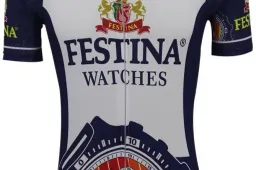 Front24216-12-2025
Front24216-12-2025 - So long as Tadej doesn't turn into a raging Cav or Wiggins, status quo will prevail.Colnago-fan16-12-2025
- The UCI have stated that Carboni's biological passport irregularities were from 2024, when he was riding for JCL Team UKYO. The details matter.
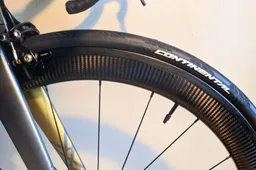 santiagobenites16-12-2025
santiagobenites16-12-2025 - Well, it might sound very arrogant or like a put down. I think his words are pretty accurate and a good assessment on the physique or formOnepiece16-12-2025
- Johansen gets a year and the 'big stars' get big bucks and everything...' Gianetti - hard fkr
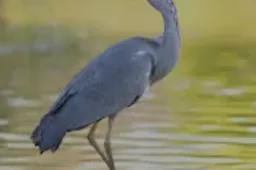 leedorney16-12-2025
leedorney16-12-2025 - Pedersons talent doesn't need to be doubted - he won the world's in Yorkshire in atypical weather for that area and that's a win in itself!
 leedorney16-12-2025
leedorney16-12-2025 - Yeah, it's basically a form of clickbait to make you click on the headline and spend a few seconds reading to find out who it is. That helps with the analytics that advertisers are looking for (i.e. how long readers are spending on the page).Pogboom16-12-2025
Loading
Write a comment
